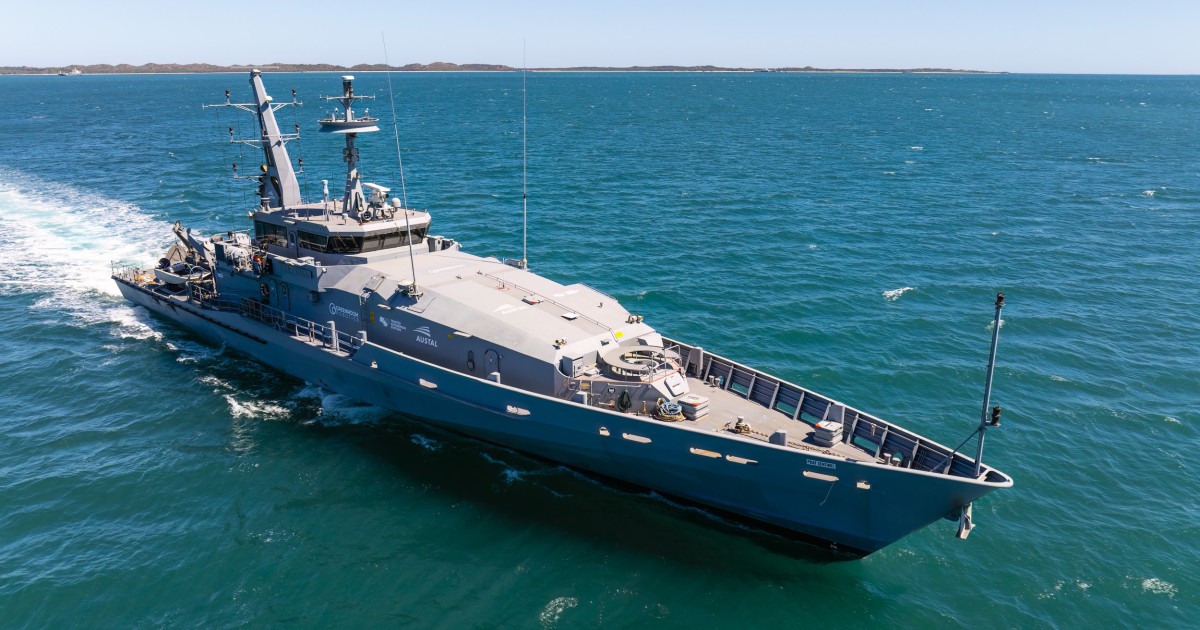OK, add in the complements of the Capes. Actual manning is a bit variable but assume that the average is about 21; and only count those used for border protection duties (the two Nav tng vessels are for other purposes; and you need those whatever else you might have). Only 4 of those 10 are planned to have long term lives in the RAN, btw, but let's be cynical an assume that they all end up being retained. That makes a total of (about) 210 people in the complements of the Capes. Add in the 252 that are in the Arafuras and that makes 462; about 12-13% of the total at sea manning of the RAN.
However, all that is of course irrelevant. Civilian control of the military, as enshrined in the Constitution and the Defence Act. means that the RAN (and the RAAF and Army). undertake those tasks directed by the GOTD. Since the 60s, for the RAN that has included border protection, and it doesn't seem likely it will change any time soon. So the RAN is obliged to devote resources to the task appropriate to its achievement until such time as it told not to, One could discuss whether the way those resources are allocated could be better than it presently is (all Arafuras at one end, all Capes at the other - and that debate has of course been had) and whether or not the resources allocated are too much or insufficient but not whether or not the RAN has any option but to allocate those resources.
RAN absolutely serves at Government direction and the maintenance of capabilities to give the options Government requires, including a patrol force. But it’s also a contributor to the overall debate around priorities and that’s what this point is mainly about.
A concern on “RAN knows what it needs and the way it is, is the way it must be” I don’t think is particularly helpful in a discussion. Priorities change over time afterall:
RAN vociferously argued it needed 12 Arafuras. Until it didn’t.
It needed dedicated minehunters, until it didn’t.
It needed LCH and hydrographic survey ships, until it didn’t.
What it needs now is a patrol force supposedly, while half of it’s already diminished ANZAC Class fleet sit on blocks for want of crew...
It also per Government direction has to find crew for six Hunters, 11 GPF and 8 Virginias in upcoming years despite at the same time, recruiting and attrition rates going backwards and have been for years, seemingly beyond the ADF’s ability to address, no matter how many star rank positions they create to do so…
We are told also that we are in the most dire strategic circumstances since the 1930’s.
We are also told that it is necessary for 30% of the RAN’s commissioned ships to have no wartime role. They have in fact literally been designed with a specific focus, so that they can’t perform a role in wartime.
Yet there are other services that do many of the roles of the patrol force. Other countries navies don‘t do the role at all and focus entirely on their combat roles… How do they manage to organise themselves to do so?
Perhaps priorities have changed and neither the RAN nor Government have woken up to that fact yet… ABF doesn’t want to do Coast guard? Well, ABF serves at the same Government direction the RAN does…


